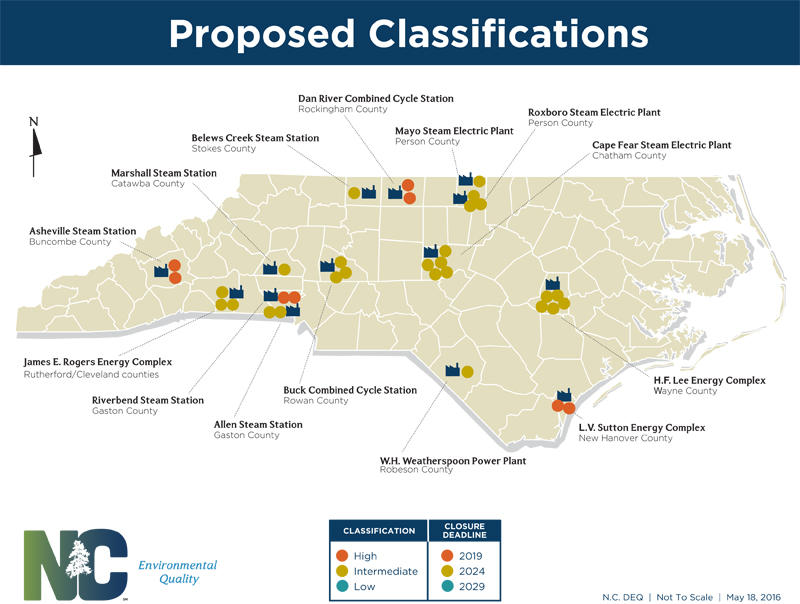Front Porch Blog
Updates from Appalachia

West Virginia files Clean Water Act suit against Kanawha County mine
The West Virginia Department of Environmental Protection has brought a lawsuit against Keystone Industries over Clean Water Act violations at the KD #2 surface mine in southern Kanawha County, W.Va., adjacent to the Kanawha State Forest.
An open letter to the North Carolina General Assembly
In an open letter addressed to North Carolina lawmakers by the Alliance of Carolinians Together (ACT) Against Coal Ash, citizens threatened by coal ash pollution call on decision makers to take urgent action to ensure coal ash is cleaned up and impacted communities have access to clean water.
Speaking up for energy savings
A story on We Own It, a national network to help electric cooperative members rediscover their role as owners of a democratically-controlled enterprise, recounts the efforts of Appalachian Voices’ Energy Savings for the High Country campaign — and how we helped members of Blue Ridge Electric get their co-op’s attention on energy efficiency.
Coal ash controversy continues in North Carolina
In May, the N.C. Department of Environmental Quality released risk rankings for Duke Energy’s coal ash impoundments across the state following 15 public hearings. But those rankings could still change and a newly revived legislative battle is a sign that the controversy over coal ash cleanup in North Carolina will continue.
A power play for Virginia’s power plan
The shift to a clean energy economy in Virginia faces many obstacles — extreme mining, extreme drilling, and apparently extreme legislating. The General Assembly, after failing during session to wrest authority from the governor over the state’s compliance with the Clean Power Plan, used a budgetary ploy after session that handicaps the administration’s efforts.






